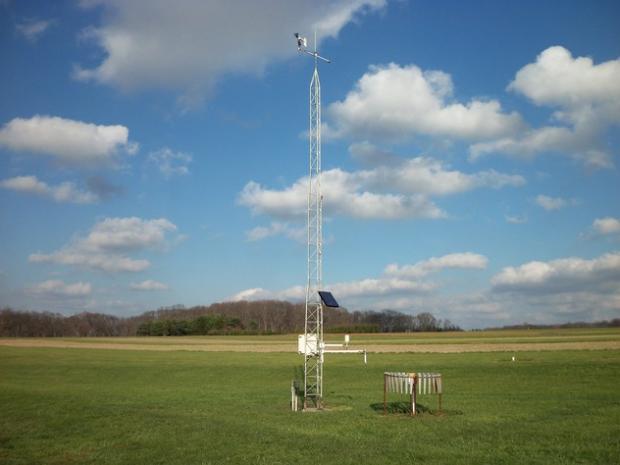Exploring NJWxNet Soil Temperature and Water Content Observations

Observations of soil temperature and water content are among the many variables gathered at stations within the Rutgers NJ Weather Network (NJWxNet). While observations at 5 and 10 centimeter (cm) depths for water content have been taken at about a dozen NJWxNet stations as far back as 2003, only since 2013 have soil temperature and water content observations been taken at 5 cm, 10 cm, 20 cm, and 50 cm at currently nine stations across New Jersey. The soil and atmospheric observations at these sites provide an understanding of soil–atmosphere interactions, such as how soil conditions respond to atmospheric forcings. Soil temperature and water content also influence atmospheric conditions; however, this is exceedingly difficult if not impossible to demonstrate at individual locations. Prior to the advent of the NJWxNet, soil temperature and water content observations were almost completely lacking across NJ. This was the rule across the United States and beyond until recently when mesonets, such as the NJWxNet, began providing vital data that will continue to lead to improved short- and long-term weather and climate forecasts.
The objective of this report is to introduce the soil data being gathered at NJWxNet stations and to demonstrate the potential value of these observations to agricultural, hydrological, meteorological, engineering, and other communities. For instance, for the agricultural community, the difference between a bountiful harvest and a subpar one is quite dependent on soil conditions, not solely on what is occuring in the atmosphere. Understanding present soil conditions and analyzing past trends of soil water content and temperature can help a farmer determine when to plant, what crops to plant and, once growth commences, when to irrigate.

